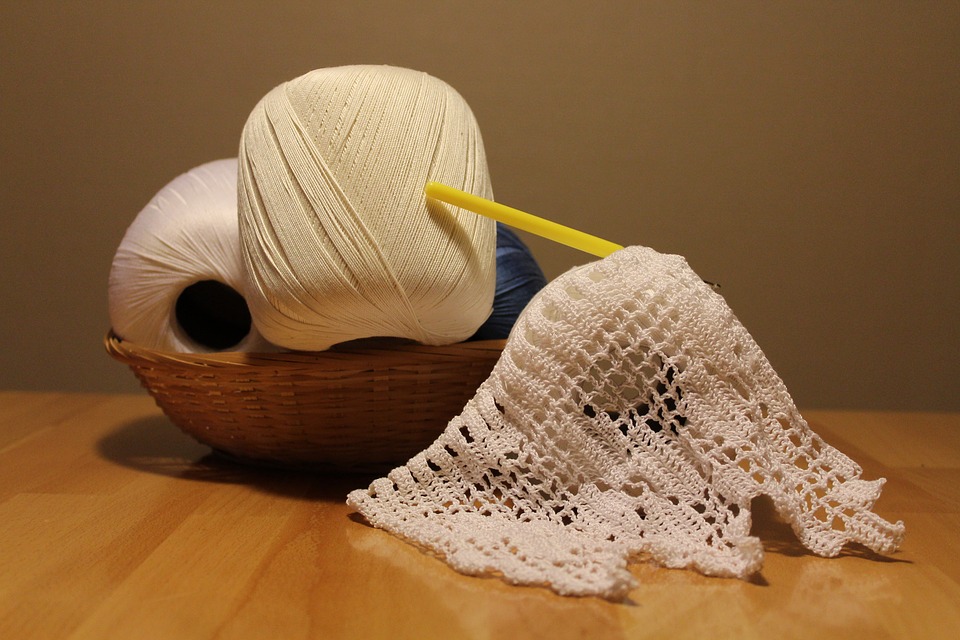All opinions are mine and mine alone.
Amazing Techniques That Every Crochet-Lover Needs To Know
As a self-described crochet-lover, you will appreciate learning the best techniques to improve your skills and to create outstanding items.You can easily enhance your abilities, tackle new projects and intensify your affection for the craft if you practice the following three techniques.

Color Pooling:
The technique of color pooling or yarn pooling is used to make a planned block or design of color inside of a crochet pattern. In order to properly color pool, you will need to find a variegated yarn for your project—this means that the spool of yarn is dyed with more than one hue. You will need to select a yarn that has a repeating sequence of colors to get the technique right, instead of a random procession—for instance, if the strand changes from red to orange to yellow to pink and then begins the sequence all over again, it will be a strong choice for your project. Find the right variegated yarn for your project at Yarnspirations, where they have a diverse range of brands, fibers and weights available. The website is also full of instructional crochet and knit patterns for clothing, accessories, home décor and more—they have plenty of fun crochet patterns to use for any skill-level, many of which are completely free of charge. When it comes to color pooling, you should stick to crochet patterns with simple stitches like single stitches, half-double stitches or the moss stitch.
Fileting:
While most techniques are impressive because they add designs to your crochet pattern, this one is special because it removes aspects from your pattern — using a filet crochet technique means that you will have interesting designs made up of open spaces and solid spaces. These open windows in the pattern can make a dramatic or elaborate look, which is why fileting is so popular with decorative items. You will usually see the technique in intricate and lacey pieces like doilies, tablecloths, table-runners, curtains, placemats and coasters.
Tapestry:
This technique is used to create a pattern of motifs resulting in a piece that looks like it was woven on a loom. The motifs can be made up of any shapes, as long they are similar in size and color—common pattern choices include triangles, squares, hearts, birds, flowers and snowflakes. When you decide to do tapestry crochet, you should have a grid to help you follow your color patterns and to keep every element of the design consistent and uniform. You can start your tapestry crochet using stitches like single stitches, slip stitches, half doubles and double stitches. Remember to choose a bold motif color that will stand out from the rest of the crochet pattern, or else it will blend into the background.
It’s impossible to know all of the crochet techniques since more are being developed, modified and rehashed every single day, but it’s good to learn as many as you can. Fileting, tapestry and color pooling are tremendous techniques that can elevate your crochet skills and pieces to new heights.



Speak Your Mind